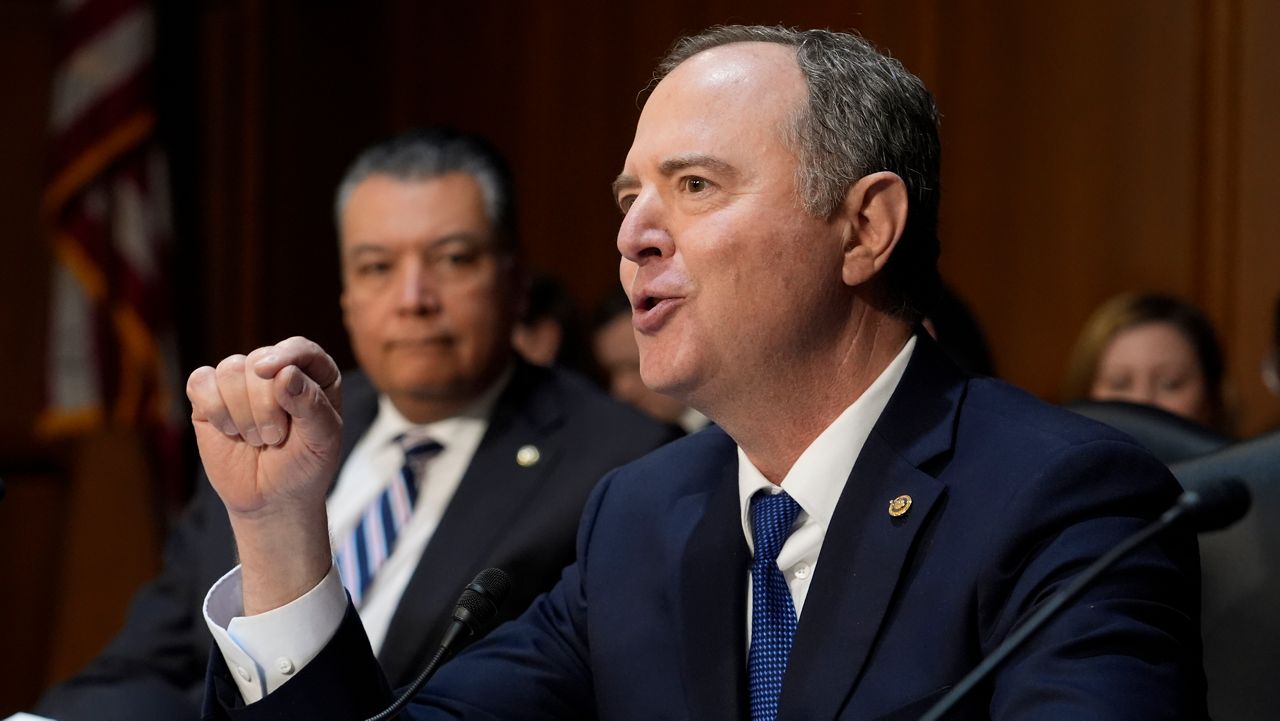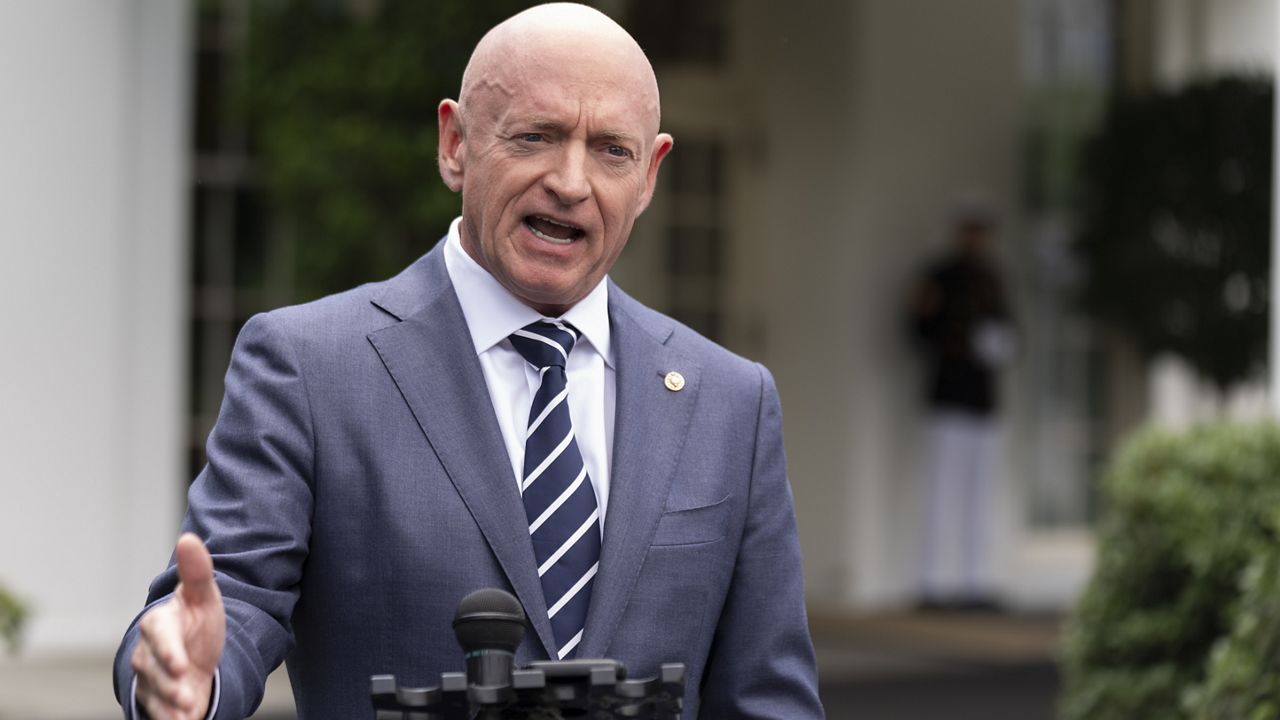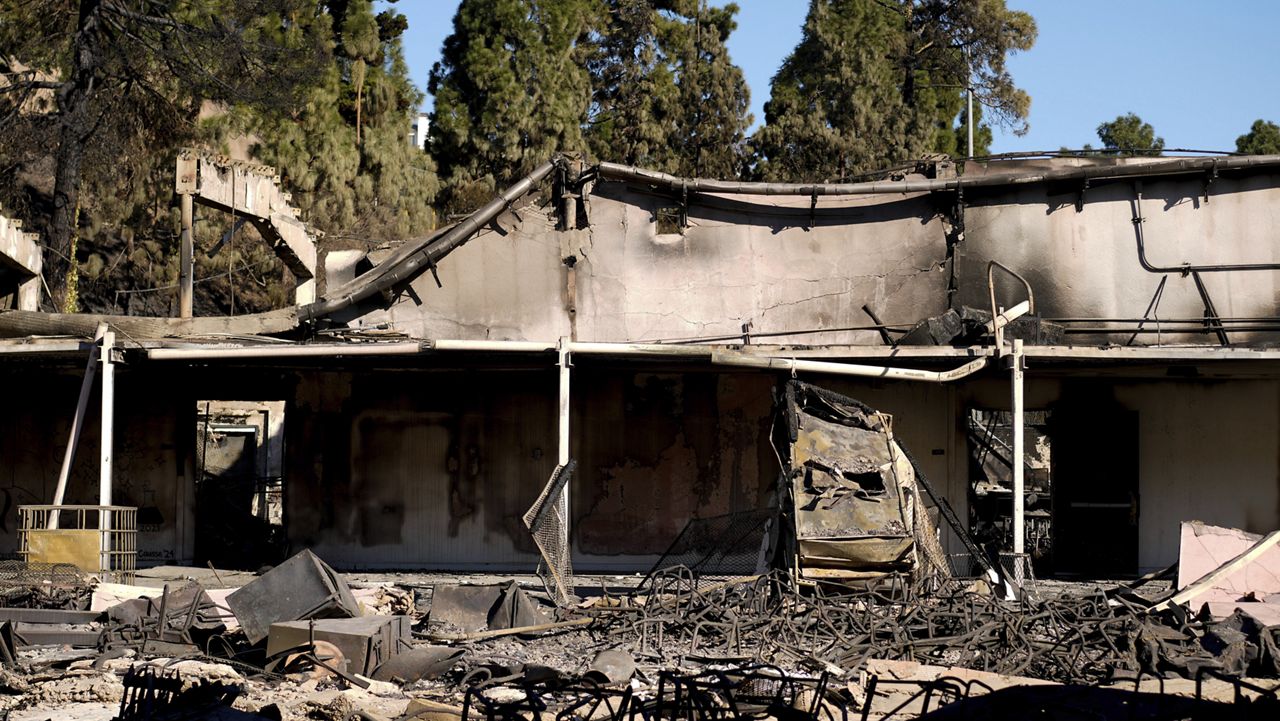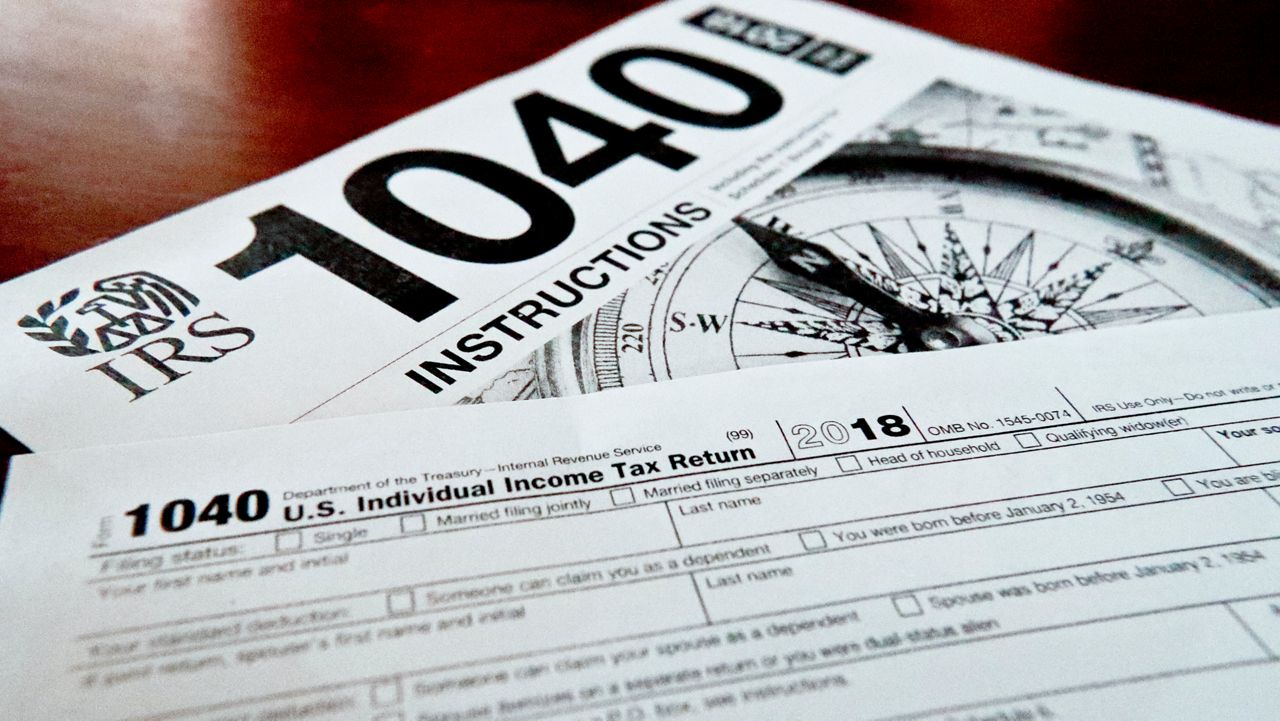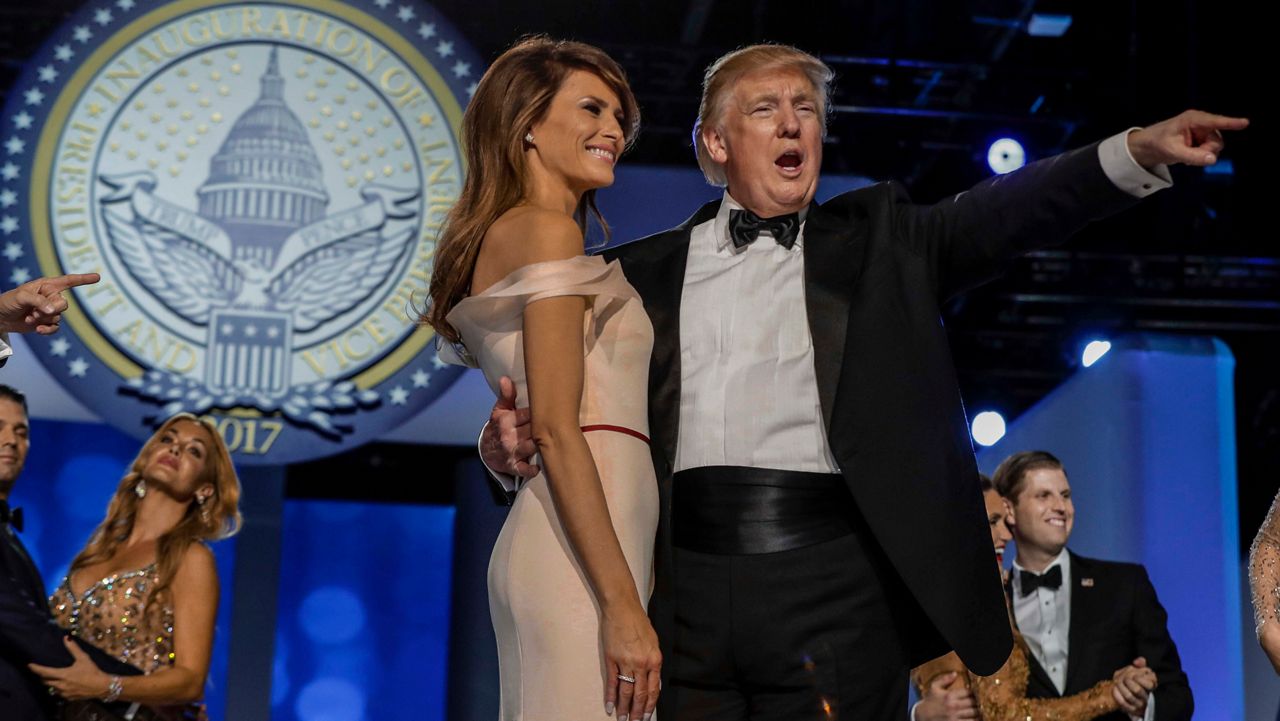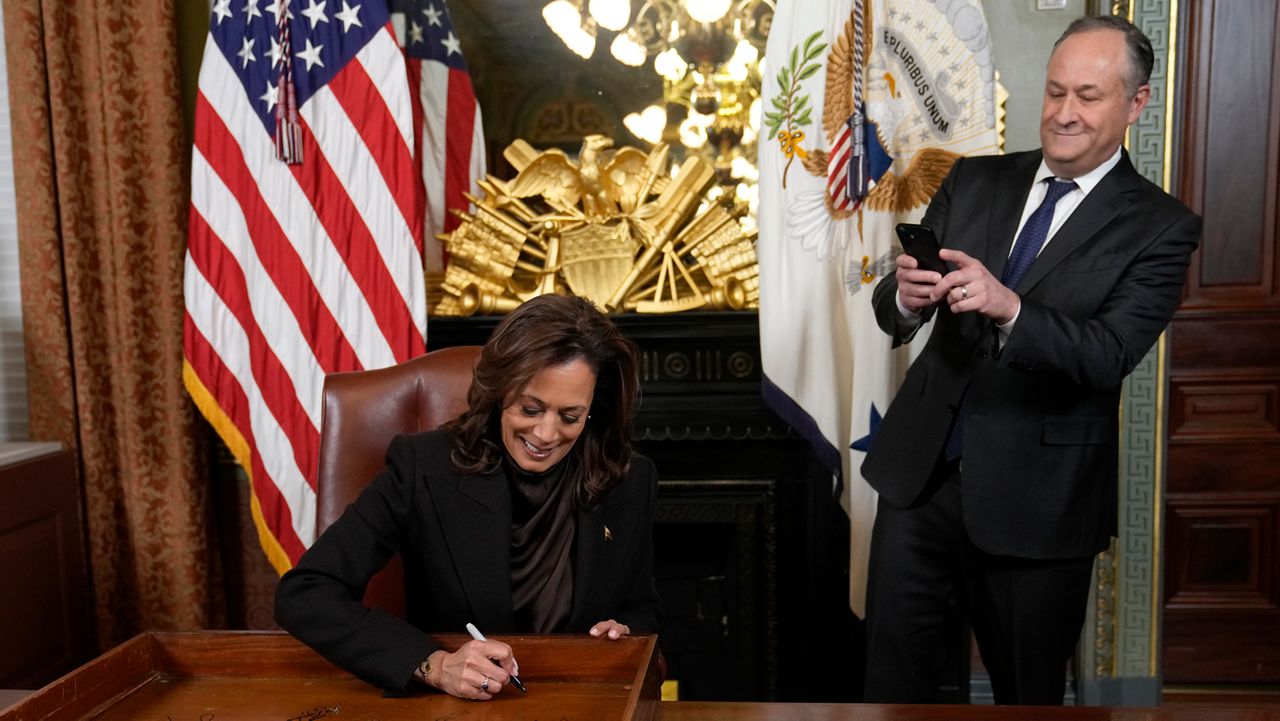President Donald Trump is doubling down on his criticism of California’s water management policies and continuing to place blame on the Democrats who run the state government for the extent of the devastation caused by this month’s wildfires in his latest executive order.
In a new executive order released Sunday, Trump ordered half a dozen federal agencies, including the departments of Defense, Justice, Homeland Security, Commerce, Interior and Agriculture to ensure California has the water resources it needs.
It also dictates that the administration will take over the federal Central Valley project.
The project is made up of a network of dams, reservoirs, canals, hydroelectric power plants and other facilities to manage the water resources and flood risk in California’s Central Valley. The executive order claims that water from the valley could have helped combat the wildfires — an assertion that officials say is without merit. Those officials argue the water system in Southern California simply was not designed to combat such a large fire.
“The premise of this executive order is false. Attempts to connect water management in Northern California to local wildfire fighting in Los Angeles have zero factual basis,” said a spokesperson for Gov. Gavin Newsom on Monday. “California continues to pump as much water as it did under the Trump administration’s policies, and water operations to move water south through the Delta have absolutely nothing to do with the local fire response in Los Angeles.”
That same spokesperson pointed out that nearly two-thirds of Southern California’s water comes from the Colorado River and local sources, while only a third comes from Northern California.
Despite the factual inaccuracies in how the water is delivered to Los Angeles, Loyola Law School Professor Jessuca Levinson says the federal funding of the Central Valley project gives Trump the legal standing to issue the order.
“An executive order can be based on, frankly, misunderstanding of exactly what happened with respect to the Los Angeles fires. But it doesn’t necessarily mean that the President lacks the power to issue that order. It means that it probably won’t be effective and or would not have changed anything,” Levinson explained.
Levinson pointed out that there is always tension between state and local government and who has the power to do what.
“The federal government can only act when there’s a part of the Constitution that allows it the power to act. The federal government can’t just say we want to pass a law because we think it’s good for the general welfare, the federal government has to point to something in the Constitution — maybe it’s the taxing clause or the spending clause or the commerce clause — before it can act,” she said. “Similarly, the president has to make sure that he has power under the Constitution to act. But where the constitution provides the president with that power, I think what we’re seeing as a president be very comfortable using it, even if it conflicts with state law and policy, even if there are states who want to do something else with respect to water policy, immigration, the environment, energy, trade, whatever it may be.”
The executive order is also threatening to cut off federal funding for California, stating that it wants the Trump administration to end “the subsidization of California’s mismanagement” and instructs the director of the Office of Management and Budget to review all funding for programs related to California’s land and water management and disaster response.
Republicans have continued to threaten placing conditions on the federal aid California will need to recover from the wildfires.
On Monday, Speaker Mike Johnson called conditioning California wildfire aid to policy changes “a common-sense notion that is supported by the vast majority of the American people who do not want to subsidize crazy, California leftist policies that are dangerous for people.”




